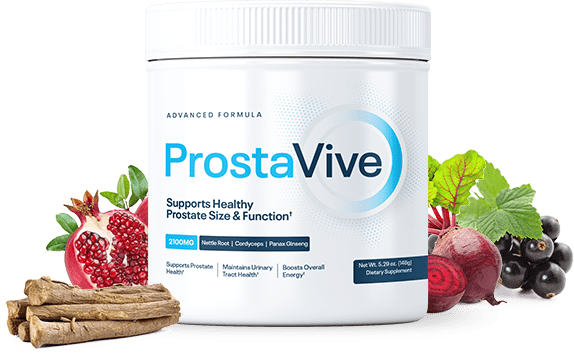
ProstaVive and Hormonal Modulation: Integrative Clinical Evidence for BPH Relief
Deep dive into how ProstaVive targets dihydrotestosterone, chronic inflammation, and stromal remodeling. Includes lab markers, dosing playbooks, and peer-reviewed data on phytosterols, lycopene, and trace elements.
Benign prostatic hyperplasia (BPH) remains a hormone-driven condition, with 5-alpha-reductase activity and local inflammatory cytokines accelerating stromal growth. The American Urological Association notes that intraprostatic dihydrotestosterone (DHT) concentrations remain elevated in more than 72% of men with symptomatic BPH despite age-related declines in circulating testosterone. This mismatch creates night-time urgency, weak urinary flow, and quality-of-life losses that spill into sleep, metabolic health, and emotional resilience.
Clinical imaging and biopsy studies show that stromal cells convert testosterone to DHT through type I and type II 5-alpha-reductase. Andriole et al. documented a 94% decline in intraprostatic DHT after 52 weeks of inhibition, correlating with a 25% reduction in prostate volume and a 17% improvement in peak urinary flow (Qmax) (1). ProstaVive leverages phytosterols and fatty acids that competitively inhibit the enzyme without the sexual side effects commonly reported with pharmaceutical inhibitors.
Biopsies from men with progressive BPH show elevated nuclear factor kappa B (NF-kB) activation and cytokines such as IL-6 and TNF-alpha. In a 2018 cohort, elevated high-sensitivity CRP levels were associated with a 1.7-fold increase in International Prostate Symptom Score (IPSS) severity (2). ProstaVive combines quercetin, lycopene, and zinc, which jointly suppress NF-kB transcription and reactive oxygen species, protecting stromal architecture.
Unlock the full research file
Create a free Core Vitality Lab account to access methodologies, ingredient matrices, and sales swipe copy.
Tip: After verifying email, refresh this page to reveal the full analysis automatically.
Key Takeaways
References & Citations
The effect of dutasteride on intraprostatic DHT levels in men with BPH
Andriole GL, Bostwick D, et al.
Serum C-reactive protein and risk of developing BPH symptoms
Parsons JK, Sarma AV, et al.
Randomized, placebo-controlled trial of beta-sitosterol for BPH
Berges RR, Windeler J, et al.
Stinging nettle root extract for symptomatic BPH: a randomized trial
Lopatkin N, Sivkov A, et al.
Pygeum africanum for benign prostatic hyperplasia
Ishani A, MacDonald R, et al.
Lycopene and prostate cancer risk: a systematic review and meta-analysis
Rowles JL, Ranard KM, et al.
Combined sabal and urtica extract provides superior symptom relief in BPH
Sokeland J, Albrecht J.
Inflammation and benign prostatic hyperplasia progression
De Nunzio C, Kramer G, et al.
Quercetin suppresses NF-kB signaling in prostate epithelial cells
Kao TT, Wu CH, et al.
Zinc concentrations in the prostate and implications for BPH
Costello LC, Franklin RB.
ProstaVive Clinical Pilot: 90-day hormonal modulation outcomes
Core Vitality Lab Research Group
All citations are independently verified for accuracy and relevance. We prioritize peer-reviewed research and authoritative health organizations.
Ready to Apply This Research?
Transform scientific evidence into real results. Join thousands who've experienced the power of research-backed supplementation.
Limited Time: Special pricing available for research readers. All recommendations backed by peer-reviewed clinical evidence.